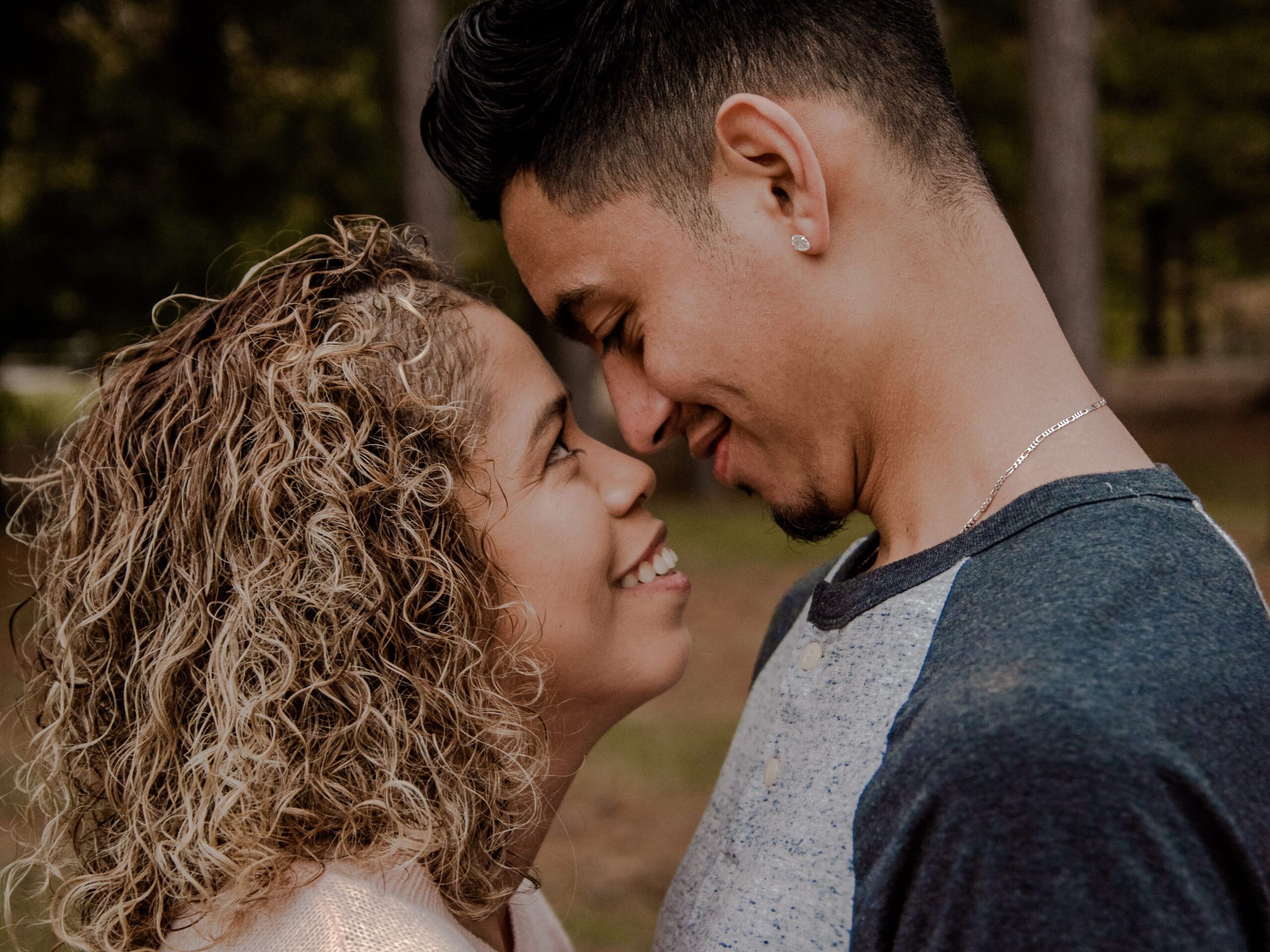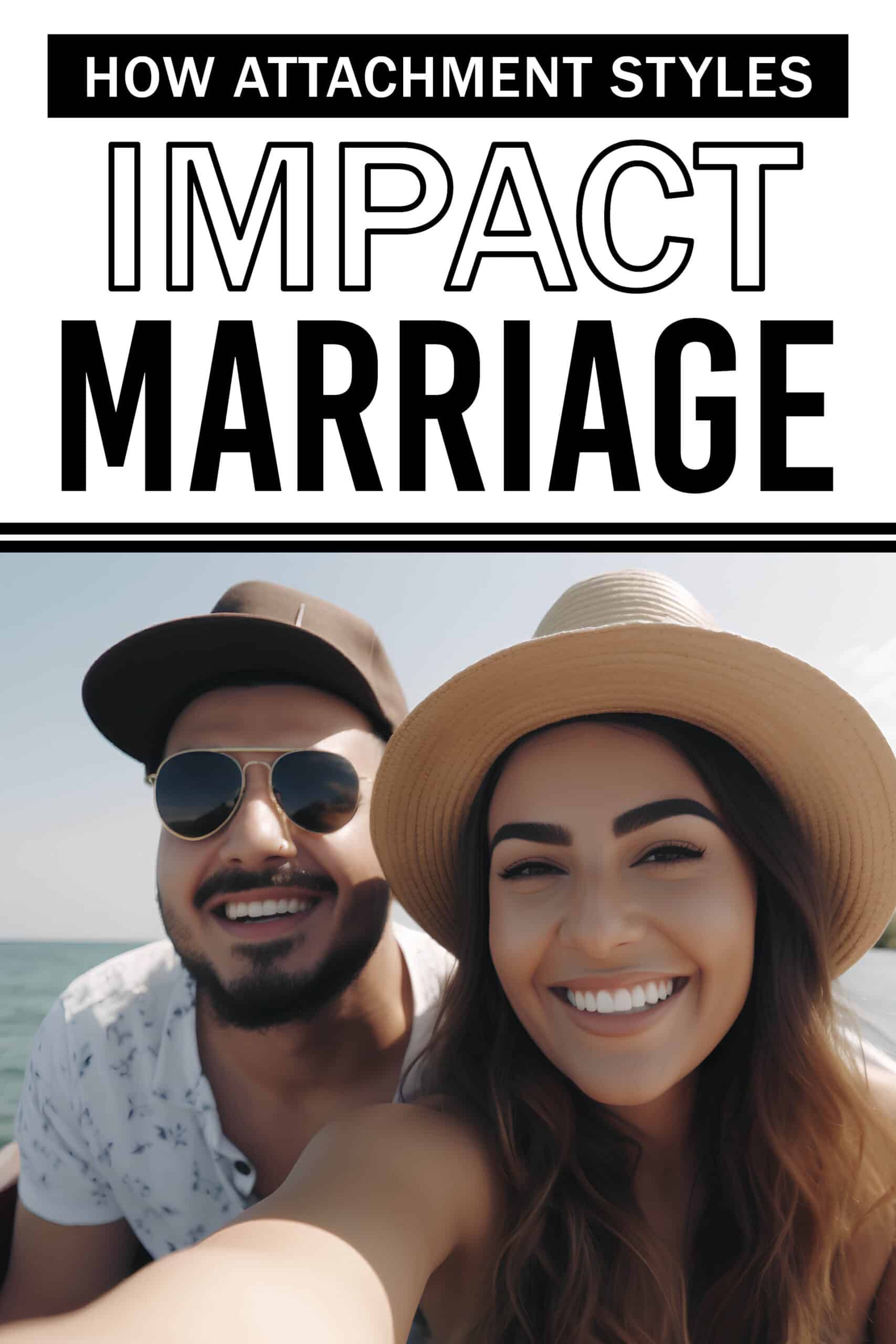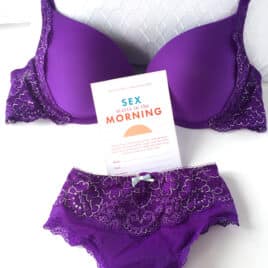Navigating Marriage With Different Attachment Styles
Did you know that different attachment styles can have an impact on your marriage? Now you do!
It’s up to the two of you to decide how to navigate your own attachment styles, as well as the attachment style that defines your relationship. Keep reading, and you’ll learn everything you need to know about attachment styles in relationships.

Table of Contents
What Are Attachment Styles?
According to this article, “Attachment styles are characterized by different ways of interacting and behaving in relationships. During early childhood, these attachment styles are centered on how children and parents interact.”
The article goes on to say, “In adulthood, attachment styles are used to describe patterns of attachment in romantic relationships.”
If you want to dive a little deeper, we highly recommend listening to the linked podcast episode in this article that discusses how to determine your attachment style.
Take an Attachment Styles Quiz
Before we jump into the rest of this post, let’s pause and have you take a quick attachment styles quiz. This quiz will help you determine your personal attachment style and hopefully offer some insight into how it affects your relationship.
We found three quizzes that you can choose from. You only need to take one:
- Discover Your Attachment Style (quiz provided by The Attachment Project)
- Take This Simple 5-Minute Quiz to Find Out Your Attachment Style (quiz provided by MindBodyGreen)
- The Attachment Style Quiz (quiz provided by The Personal Development School)

Now that you know your attachment style, let’s continue!
The Four Types of Attachment Styles
Psychologists Mary Ainsworth and John Bowlby spent years of their lives studying infants and children and their attachment to their mothers. While John was technically the first to create such a theory, Mary expanded on his research. Several researchers have since added their own theories.
The conclusion that most agree on is that an individual’s attachment style forms during infancy and early childhood as a reaction to the relationship they have with their mothers (or earliest caregivers).
Thanks to the work of these brilliant psychologists, the conclusion was drawn that people usually approach their relationships with one of the four main attachment styles below.
Here are the four types of attachment styles theorized by Ainsworth and Bowlby:
- Secure – As adults, those who have a secure attachment style typically tend to have trust in their relationships, and their relationships typically last long-term. They have high self-esteem, have the desire to be in intimate relationships, seek social situations, and have the ability to share their thoughts and feelings with others.
- Avoidant – As adults, those who have an avoidant attachment style typically tend to find it difficult to trust others, especially their partners. These adults also have difficulty supporting their partners during hard times, and they lack the ability to share their thoughts and feelings, even with their partners.
- Disorganized – As adults, they crave intimate relationships and connections, but they fear opening up to others, so they immediately put up walls. These adults also have poor coping skills, and they can sometimes be unpredictable or volatile in relationships.
- Ambivalent – As adults, they tend to be insecure in most of their relationships. They are self-critical, and they are constantly seeking approval and reassurance from others. On top of that, these adults typically have low self-esteem.

Attachment Styles in Relationships
No matter what kind of relationship you are in, your attachment style (as well as your partner’s) will have an impact on your relationship.
Why do different relationship attachment styles affect marriage?
Because an attachment style directly correlates with the emotional attachment bond that you had with your primary caregiver, if your emotional bond isn’t secure, then you are likely to have insecure emotional bonds with other important people in your life. Namely, your spouse (aka the one with whom you want to share the best possible emotional bond).
An article from HelpGuide.org states, “Understanding how your attachment style shapes and influences your intimate relationships can help you make sense of your own behavior, how you perceive your partner, and how you respond to intimacy. Identifying these patterns can then help you clarify what you need in a relationship and the best way to overcome problems.”
The most ideal relationship attachment style is a Secure married to another Secure. If this applies to you, fantastic! You and your spouse probably have very healthy communication, and trust is built on an incredibly strong foundation. *
* It is entirely possible to have healthy communication and trust within a relationship, even if neither partner has a secure attachment style. We firmly believe that everyone can have a good marriage, especially if they put in the work. This goes for marriages that are dealing with different attachment styles, too.
If this isn’t you, that’s okay! Different attachment styles in relationships can be tricky to navigate, but there is hope. The two of you can work together to figure out how to balance your unique attachment styles, as well as how to make it work for your marriage.

How to improve your relationship by navigating different attachment styles:
- First, sit down and do some research about your personal attachment styles. You can use the definitions of each attachment style listed above, find other articles and resources to help you, or take one of the quizzes linked in this post.
- Write down some key points that stood out when you researched these attachment styles. Which things do you relate to the most? Has your attachment style affected how you bonded with your partner? What are some things you want to work on to strengthen the emotional bond?
- Break down your walls and have a vulnerable conversation with each other. What are some things you can work on individually? What can you work on together? During this discussion, it’s important to keep an open mind. Your spouse may have some great ideas or solutions that can help you, and we feel confident in saying that they are certainly not intending to hurt you.
- Create an action plan. Need a place to start? How about creating some “if-then” scenarios. For example, “If I start to feel myself build up my walls when I’m talking to you, then I will take a deep breath and ask you to hold my hand. This will help me remember that I don’t need to put up walls and that you’re here to love and support me. This physical reminder will help me open up when I need to.”
- Stick to your action plan and turn the actions into healthy habits. It’ll take some work, but it will be worth it! Soon, you’ll notice that redirecting your thoughts and actions during a conversation or any interaction with your spouse will become easier.
We absolutely love this statement from HelpGuide.org: “Whatever your specific relationship problems, it’s important to know that your brain remains capable of change throughout life. By identifying your attachment style, you can learn to challenge your insecurities, develop a more securely attached way of relating to others, and build stronger, healthier, and more fulfilling relationships.”

In Conclusion
It may seem like a daunting task, but rebuilding a healthy emotional connection by working out the kinks in your attachment styles will have endless benefits for your marriage. The road to a stronger and more secure bond doesn’t have to be scary, and it can start NOW.
We believe in you! Best of luck, friends!
Resources:
- The Different Types of Attachment Styles; written by Kendra Cherry, MSEd, and reviewed by David Susman, PhD
- What Is Attachment Theory?; written by Kendra Cherry, MSEd, and reviewed by David Susman, PhD
- Mary Ainsworth: Strange Situation Experiment & Attachment Theory; written by Saul McLeod, PhD
- How Attachment Styles Affect Adult Relationships; written by HelpGuide.org



